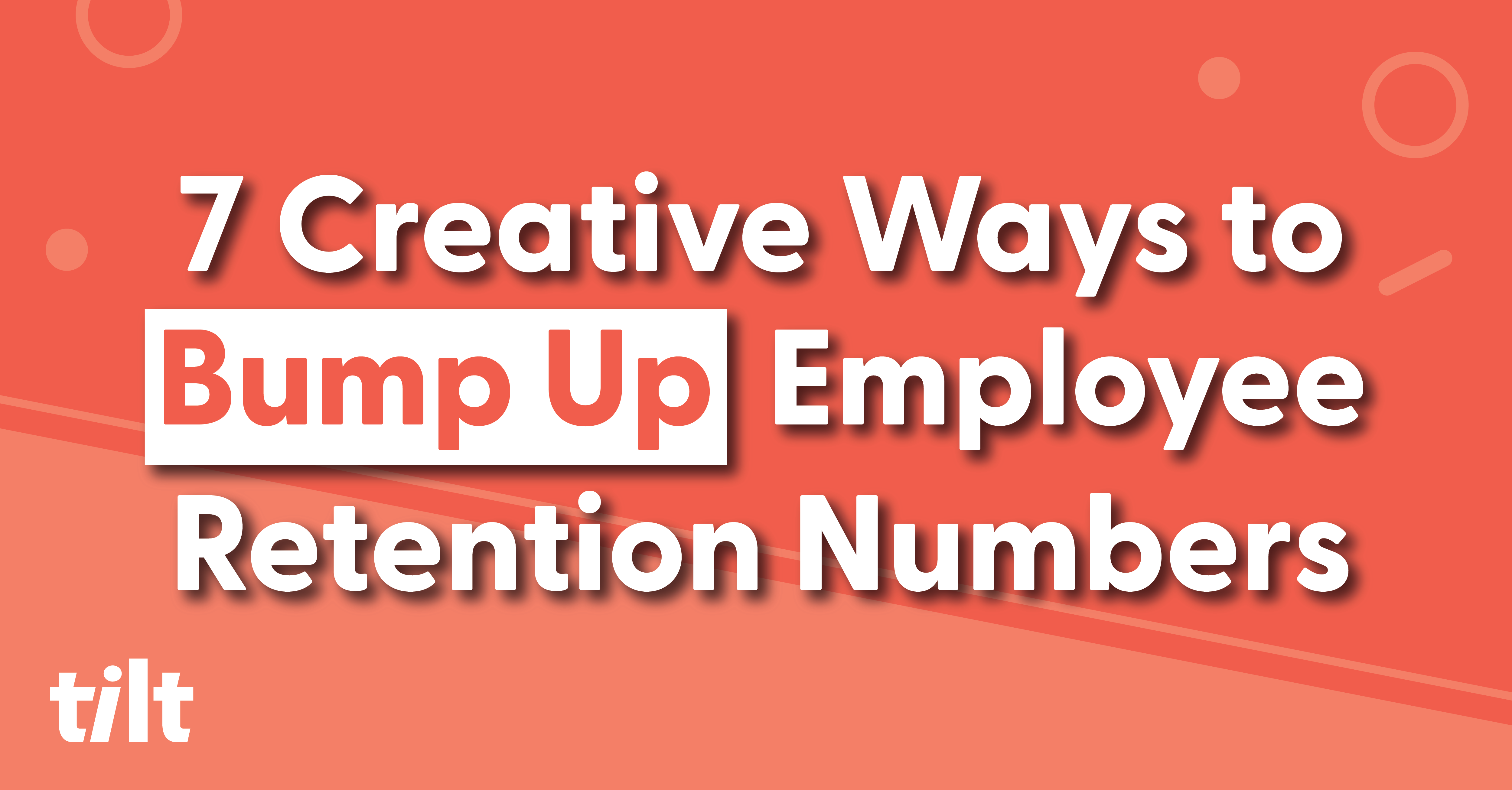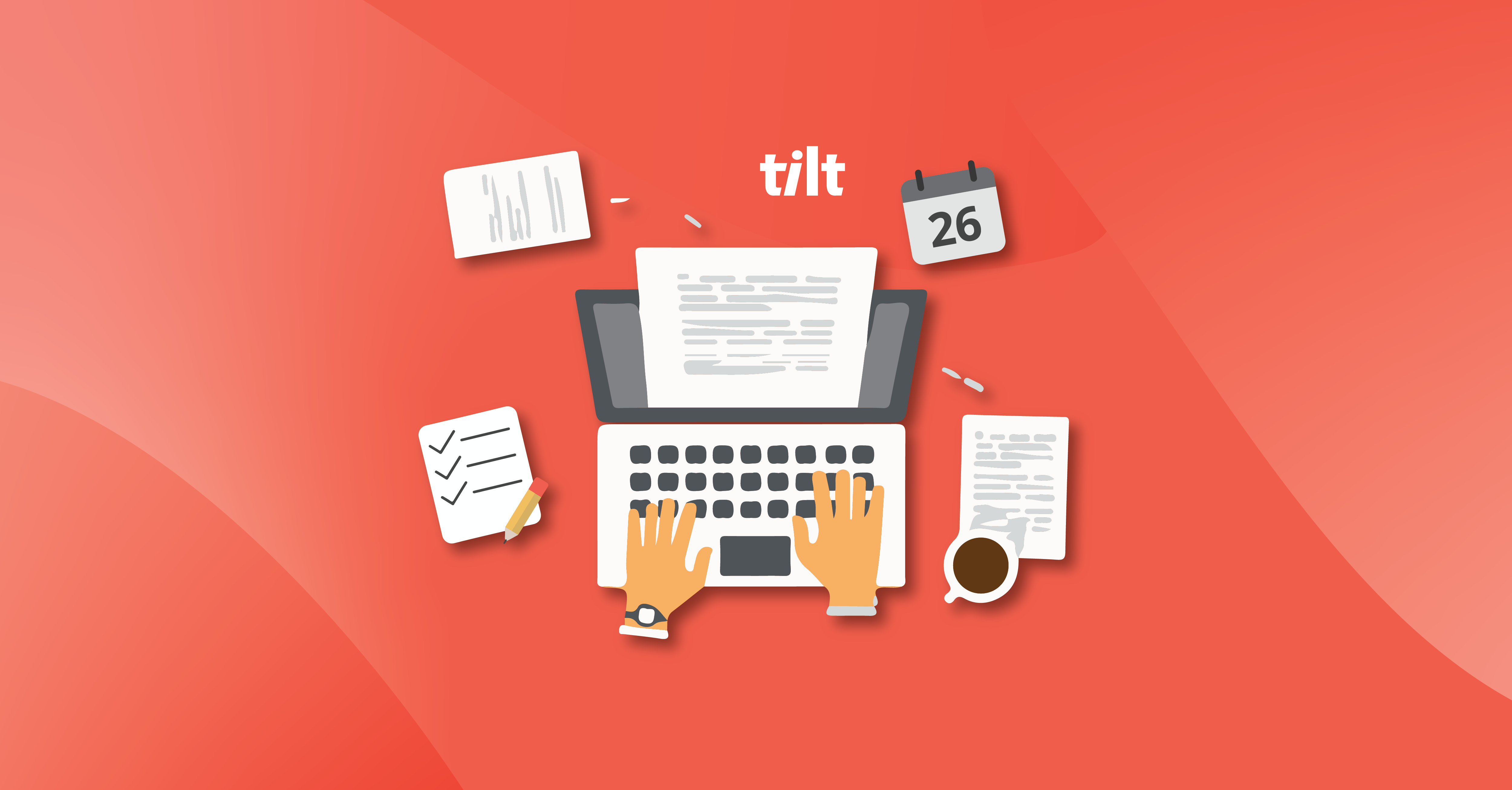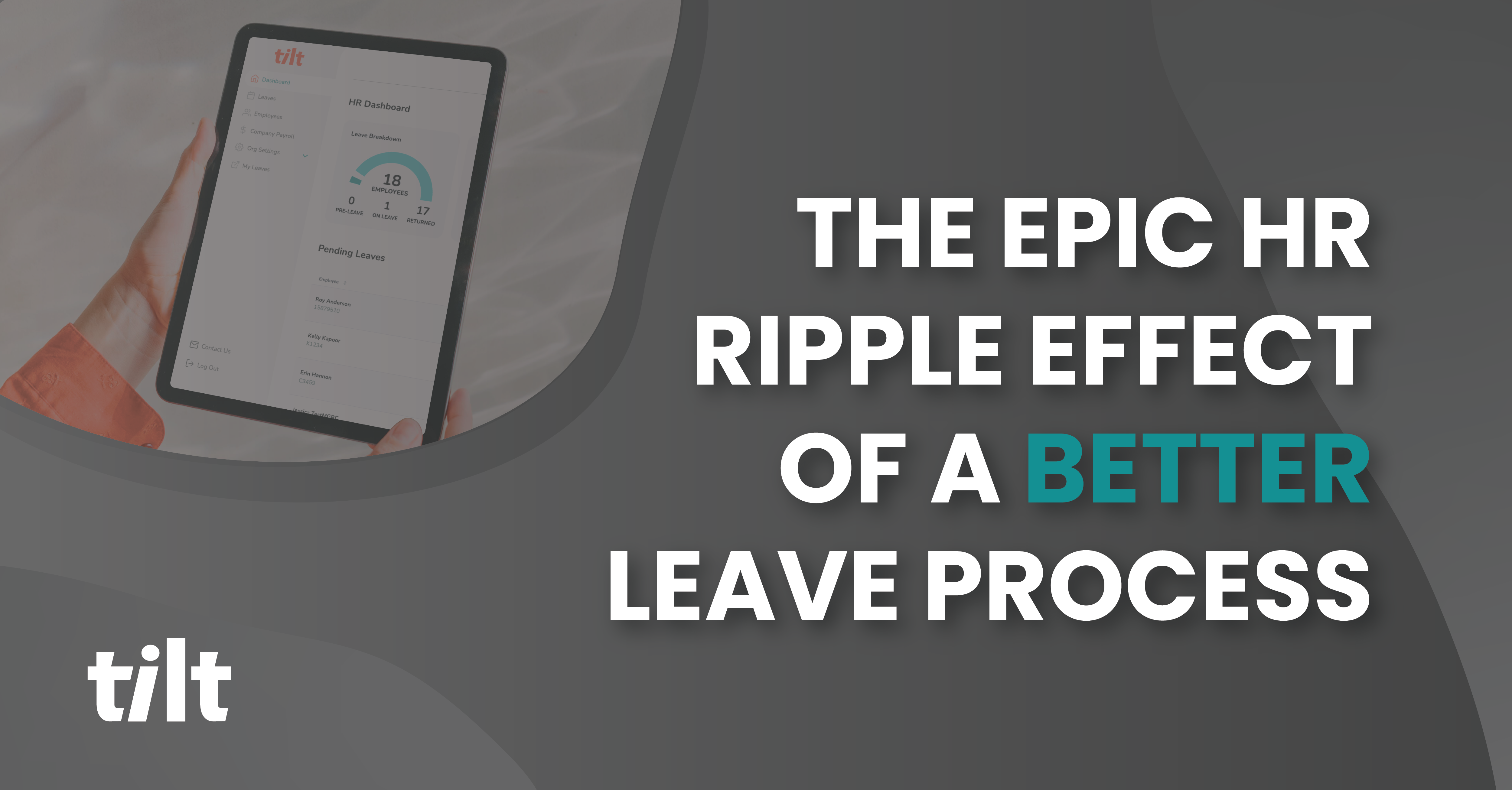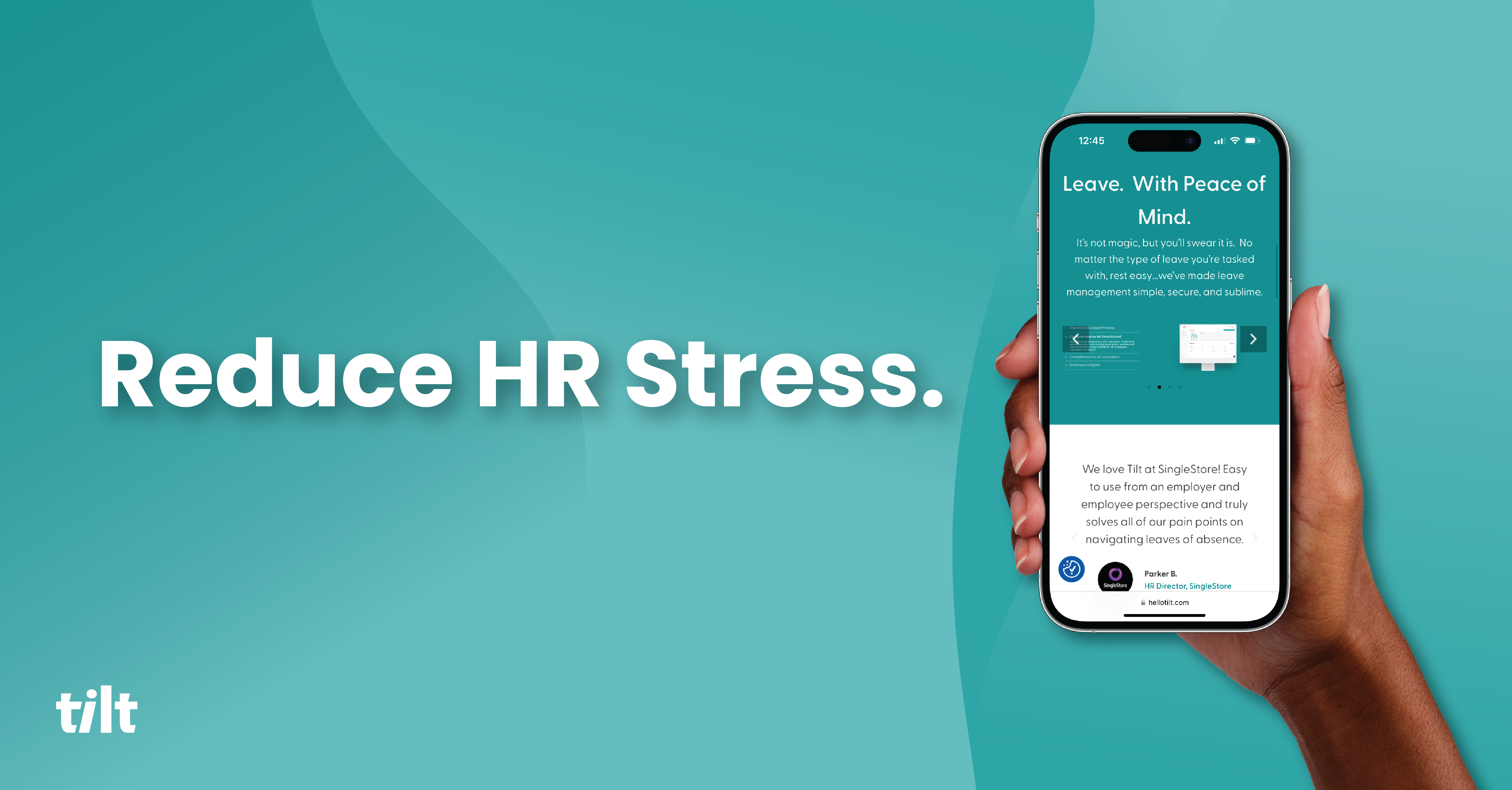It was no surprise to most HR and People Ops pros that having ping pong tables and a keg in the breakroom wasn’t the kind of employee experience splurging that would keep employees retained for long. Not that employees don’t appreciate those sorts of perks. They can be a wonderful supplement to, but never be a full replacement for, a healthy organizational culture.
If the foundation of your organization’s culture isn’t truly supportive of the employees who are helping drive it forward, no amount of bells and whistles on top can keep the toxicity from seeping throughout the organization.
Most organizations aren’t in a position to throw piles of cash at employees to keep them happy, and even if you could, that will likely only keep top talent around for so long. So how can you give your employees what they really want and boost those retention numbers without breaking your budget?
Here are a few creative ways you might want to consider implementing in your strategy:
1. Collaboratively Shape the Employee Journey
Sharing means caring. And in the case of the employee experience, providing an opportunity for employees to get involved in shaping what their work journey looks like is pulling double “caring” duty.
For one, it demonstrates to employees that their organization cares about them, and values when they share their opinions as it pertains to what matters most to them. Additionally, employees who feel like they play a role in the creation of a supportive workplace culture will feel more engaged and committed to the cause.
Through regular, open communication and inclusive initiatives, actively involve your employees in decision-making processes that impact their experiences within the organization. There are several ways to accomplish this. You can initiate regular feedback sessions, surveys, and focus groups to gather insights into employee preferences, concerns, and aspirations.
By incorporating this feedback into your policies, programs, and initiatives, you can tailor the employee experience to better meet the diverse needs of your specific workforce. Which is a good thing to draw attention to, all workforces are different. No two are the same and thus no two employee experiences should be identical.
To take it a step further, promote a sense of ownership among employees by involving them in the co-design of training programs, career development opportunities, and wellness initiatives. This collaborative approach not only enhances job satisfaction and employee morale but also strengthens the overall organizational culture, fostering a workplace where employees thrive and contribute their best.
2. Establish Mentorship Initiatives
There’s an admittedly overused trope in professional sports that goes, “Iron sharpens iron.” What’s effectively meant by that is that by having others push you to greatness, it in turn pushes the entire organization toward greatness.
Establishing mentorship initiatives works in exactly this way. Pair experienced employees with those seeking guidance and growth to foster a collaborative learning environment where employees feel they are both growing themselves as professionals and contributing to organizational success.
A good place to start is by identifying individuals with valuable expertise and aligning them with mentees based on career goals and aspirations. Clear communication channels and structured guidelines are a must in order to help facilitate meaningful interactions and goal-setting between mentors and mentees. If a mentee feels the relationship is less meaningful and more transactional, the mentorship program could have an unintended negative effect.
To help make it easier for both the mentor and mentee, provide resources, training, and ongoing support for both parties. Doing so will help ensure that the mentorship relationships are purposeful and contribute to the overall skill enhancement and career advancement of employees. Not only will this approach strengthen your existing talent pipeline but it also fosters a sense of community, knowledge-sharing, and professional growth within your organization.
3. Provide Support for Leaves of Absence
A tipping point opportunity for HR and People Ops pros to retain employees is the way in which employees are supported (or not supported) during a leave of absence. The level of consideration toward the employee experience when life’s biggest moments happen outside of work needs to match the level of consideration given while they’re putting in endless hours working.
Boosting your employee retention numbers can be as simple as swapping out a poor leave of absence experience (most likely a confusing manual process for them and for you) with a more modern solution that educates and empathetically supports your employees and automates the process for HR teams.
When an employee doesn’t feel like their employer has their back when life is calling (say for welcoming a new member to the family…or saying goodbye to one), it can breed distrust and a strong sense of animosity toward the workplace. Often you’re stuck supporting your employees the best you can with the tools at your disposal, so if you’re finding that you can’t deliver the same level of care to your employees both while working and when they need to step away, it might be time to evaluate dedicated leave of absence solutions like this.
Allow Lateral Opportunities and Job Rotations
Lateral is the new forward. Okay, while that’s not entirely factual, providing lateral opportunities and job rotations in your organization can do wonders for employee engagement and retention. As Tilt’s CEO Jen Henderson puts it:
“Who you are today is not who you will be a year from now, so it’s unrealistic to expect what lights your today to be the same as what will light your fire a year from now.”
Enrich your employee development and satisfaction initiatives by actively encouraging and facilitating lateral opportunities and job rotations within your organization. Help champion a culture that values diverse skill sets and promotes internal mobility. By establishing transparent processes and communication channels, inform your employees about lateral opportunities and rotational programs, showcasing the benefits of broadening their skill repertoire and gaining exposure to different aspects of the business.
Implementing a structured framework for lateral moves can’t be done alone, of course, so collaborate with department managers to identify suitable candidates and align their skills with the requirements of the new role. You can also offer guidance and resources to support employees during transitions, ensuring a seamless experience. These lateral opportunities not only enhance individual career growth (hence “lateral is the new forward”) but also contribute to a more versatile and adaptable workforce. By fostering a dynamic internal job market, you help create an environment where employees feel empowered to explore new challenges, ultimately contributing to organizational innovation, resilience, and yes, retention.
5. Learn From Those Who Leave
Philosopher George Santayana is credited (along with many others) as coining the famous quote, “Those who do not learn from history are doomed to repeat it.” And while we could take this blog down a bunch of uncomfortable rabbit holes with that phrase, let’s stick with the topic of employee retention, shall we?
It’s not controversial to claim that analyzing the feedback from departing employees provides HR and People Ops pros valuable perspectives on workplace dynamics, job satisfaction, and areas that may need attention. It’s long been established that conducting exit interviews and implementing feedback mechanisms enable HR to understand the reasons behind employee departures and identify areas for improvement.
It’s what happens with the results of that analysis that matters. To boost your retention numbers, use the information gathered to implement targeted improvements in your work culture, leadership practices, and professional development opportunities. The data might require you to address systemic issues, refine your policies, and find specific areas to enhance your employee engagement strategies.
Establish and maintain post-exit communication channels to collect ongoing insights into your employee experience, even after departure. By learning from the history of former employees, you can be a key contributor to a continuous improvement cycle that not only boosts retention but also strengthens your organization’s overall workplace satisfaction and employee well-being.
You might also want to conduct stay interviews which helps you identify what’s working well in your organization when it comes to keeping your employees around.
6. Enable Your People Managers
People don’t quit managers, they quit companies. This is true roughly…well, almost never. It’s long been established that employees are more likely to quit due to their manager, not the company itself (though there are certainly instances of that), so that’s all the more reason to target some effort toward equipping your people managers with the hard and soft skills needed to provide a positive environment for your employee population at large.
Through targeted training programs, provide your people managers with the technical expertise needed to navigate your company policies, performance management tools, and workforce analytics. This way managers can effectively address any operational aspects impacting retention, such as workload management and career development.
While they’re busy doing that, you can focus on developing soft skills in your managers, including creating (or providing) courses on the importance of communication, empathy, and coaching. This has never been more important than it is today.
Effective communication fosters trust and engagement, while empathy allows managers to understand and respond to the unique needs of their team members. Coaching skills enable managers to support employee growth and address concerns proactively. If managers rely on reactive behavior, the damage is already done and it might be too late to retain your talented contributors.
By combining these hard and soft skills, you’re empowering your people managers to become well-rounded leaders capable of creating a positive work environment that enhances job satisfaction and ultimately contributes to higher retention rates.
7. Recognize Effort, Not Just Outcomes
Employee recognition is one of the most impactful ways to improve your organization’s retention numbers, and its impact isn’t slowing down anytime soon. Outcomes, however, aren’t always in the control of the individual employee. This provides you with an opportunity to get creative in cultivating a workplace environment that values and acknowledges employee effort, transcending a sole focus on outcomes.
By implementing recognition programs and fostering a culture of appreciation, you’re setting a tone that your organization acknowledges hard work and dedication, irrespective of the end results. Regularly highlighting individual and team efforts encourages a positive atmosphere where employees feel seen and valued, contributing to heightened morale and job satisfaction.
Establish open communication channels dedicated to celebrating milestones, project contributions, and instances of exceptional effort (At Tilt we have a “Tilt Virtues Kudos” Slack channel, for example). This emphasis on recognizing the process rather than solely the outcomes not only boosts employee motivation but also promotes a growth mindset within the organization.
Additionally, you can collaborate with leadership to embed this appreciation culture into performance evaluations, ensuring that effort is a key factor (we’re not saying “the only” factor, of course) in recognizing and rewarding employees. By championing a workplace that values effort alongside achievements, you’re helping to create a more supportive and inclusive organizational culture so employees will feel rewarded for contributing.
When to Start Employee Retention Initiatives
Whether you’re ready to improve your leave of absence experience or looking to provide lateral movement within your organization, all of the initiatives listed above should be evaluated and considered today. It’s never a bad day to start strengthening your workforce through these employee retention initiatives so you can begin building that cultural foundation first, and then look to add some sweet delicious beer in the breakroom.
About Tilt
Tilt is leading the charge in all things leave of absence management through easy-to-use tech and human touch. Since 2017, our proprietary platform and Empathy Warriors have been helping customers make leave not suck by eliminating administrative burdens, keeping companies compliant, and providing a truly positive and supportive leave of absence experience for their people.







